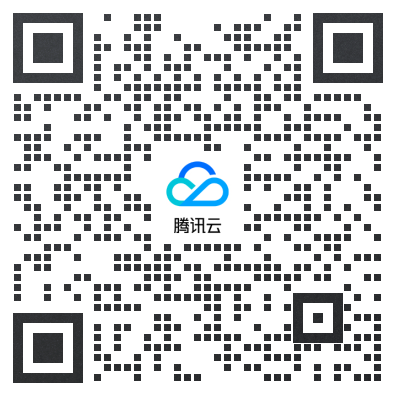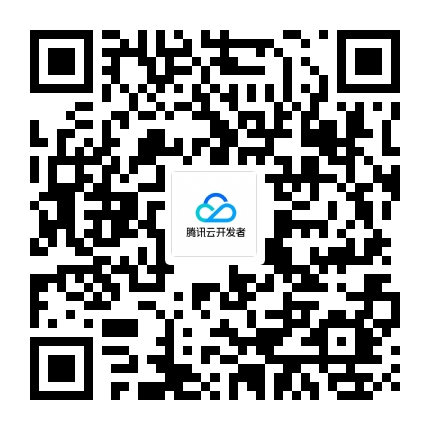定位元素时出现问题。使用CSS
在Web开发中,定位元素是一个常见的需求,通常用于控制页面布局和交互效果。CSS提供了多种定位方式,包括静态定位、相对定位、绝对定位、固定定位和粘性定位。以下是这些定位方式的基础概念、优势、类型、应用场景以及常见问题的解决方法。
基础概念
- 静态定位(Static Positioning)
- 元素按照正常的文档流进行布局。
position: static;是默认值。
- 相对定位(Relative Positioning)
- 元素相对于其正常位置进行偏移。
position: relative;- 可以通过
top,bottom,left,right属性进行偏移。
- 绝对定位(Absolute Positioning)
- 元素相对于最近的非静态定位的祖先元素进行定位。
position: absolute;- 如果没有非静态定位的祖先元素,则相对于初始包含块(通常是视口)。
- 固定定位(Fixed Positioning)
- 元素相对于视口进行定位,不随页面滚动而移动。
position: fixed;
- 粘性定位(Sticky Positioning)
- 元素在跨越特定阈值前表现为相对定位,之后表现为固定定位。
position: sticky;- 需要配合
top,bottom,left,right属性使用。
优势
- 灵活性:CSS定位允许开发者精确控制元素的位置和布局。
- 性能:相比于JavaScript动态计算位置,CSS定位通常更高效。
- 简洁性:通过简单的属性设置即可实现复杂的布局效果。
应用场景
- 导航栏固定在页面顶部:使用固定定位。
- 弹出框或模态框:使用绝对定位。
- 侧边栏滚动时固定在屏幕一侧:使用粘性定位。
常见问题及解决方法
问题1:元素无法正确定位
原因:
- 可能是由于父元素的定位属性未正确设置。
- 或者是CSS选择器错误,未能正确选中目标元素。
解决方法:
确保父元素具有非静态定位(如 relative 或 absolute)。
.parent {
position: relative;
}
.child {
position: absolute;
top: 10px;
left: 20px;
}问题2:元素在滚动时消失或错位
原因:
- 可能是由于使用了固定定位,但未正确设置偏移量。
- 或者是粘性定位的阈值设置不当。
解决方法: 检查并调整偏移量和阈值。
.sticky-element {
position: sticky;
top: 50px; /* 确保这个值适合你的布局 */
}问题3:嵌套元素的定位混乱
原因:
- 嵌套元素的定位属性可能导致层级关系混乱。
解决方法: 明确每个元素的定位方式和参照物,避免不必要的嵌套。
.outer {
position: relative;
}
.inner {
position: absolute;
top: 0;
left: 0;
}示例代码
假设我们有一个简单的页面布局,需要在滚动时保持导航栏固定在顶部:
<!DOCTYPE html>
<html lang="en">
<head>
<meta charset="UTF-8">
<meta name="viewport" content="width=device-width, initial-scale=1.0">
<title>Fixed Navbar Example</title>
<style>
body {
margin: 0;
font-family: Arial, sans-serif;
}
.navbar {
position: fixed;
top: 0;
width: 100%;
background-color: #333;
color: white;
padding: 10px 20px;
text-align: center;
}
.content {
margin-top: 60px; /* 防止内容被导航栏遮挡 */
padding: 20px;
}
</style>
</head>
<body>
<div class="navbar">My Fixed Navbar</div>
<div class="content">
<!-- 页面内容 -->
<p>Lorem ipsum dolor sit amet, consectetur adipiscing elit...</p>
</div>
</body>
</html>通过以上示例,可以看到如何使用固定定位来创建一个始终显示在页面顶部的导航栏。
希望这些信息能帮助你更好地理解和解决CSS定位中的问题。如果有更具体的情况或错误信息,请提供详细内容以便进一步分析。
相关·内容
扫码
添加站长 进交流群
领取专属 10元无门槛券
手把手带您无忧上云


 云服务器
云服务器 ICP备案
ICP备案 即时通信 IM
即时通信 IM 云直播
云直播 实时音视频
实时音视频
